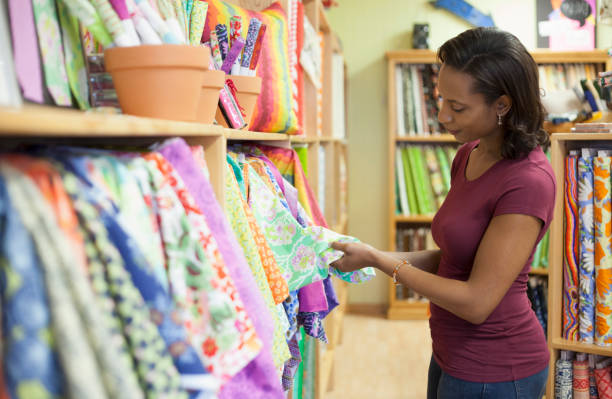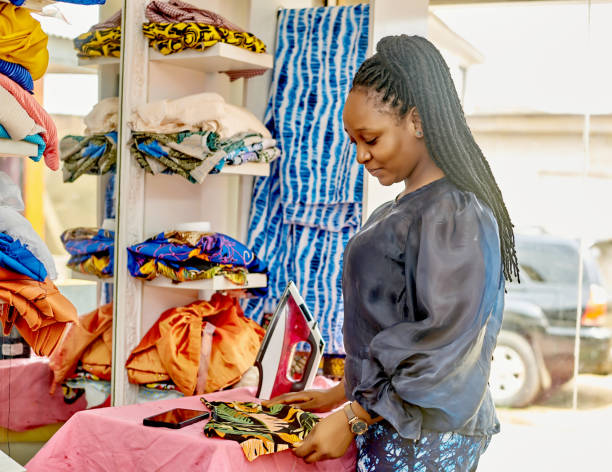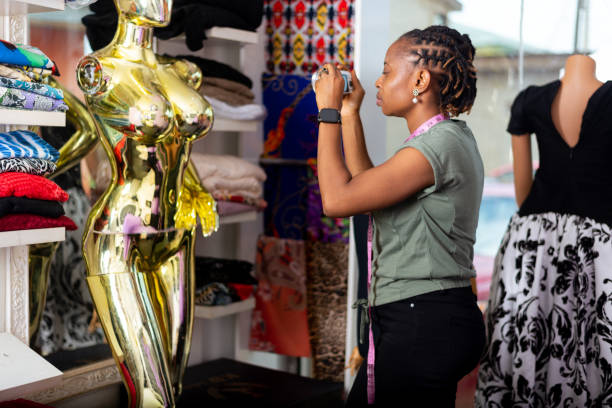Across several African countries, the garment and textile sector has emerged as a key contributor to employment, economic diversification, and industrial growth. Supported by trade preferences like the African Growth and Opportunity Act (AGOA), African garment factories have increasingly become part of the global supply chain, serving major brands in the United States and Europe.
US Tariffs – A Threat to Africa’s Growing Garment Industry
However, the industry’s progress is now under threat. Recent changes and uncertainties around U.S. tariffs on textile imports, particularly in light of global geopolitical shifts and domestic trade protectionism, have raised alarm across the continent. From Ethiopia and Kenya to Lesotho and Madagascar, stakeholders are voicing concerns about the future of an industry that employs hundreds of thousands, particularly women.
The Backbone of Industrial Employment

Garment factories in Africa have become major job creators, especially for women in rural and peri-urban areas. In Ethiopia, for instance, the Hawassa Industrial Park was once a flagship model of foreign investment and low-cost textile manufacturing, employing over 30,000 workers at its peak. Similar hubs exist in Kenya, Rwanda, Lesotho, and Madagascar.
Many of these factories were built with U.S. export markets in mind, leveraging duty-free access provided by AGOA. This trade preference made African apparel more competitive against goods from Asia. With the introduction or potential introduction of new tariffs, however, that competitive advantage is eroding.
The Impact of Tariff Uncertainty

Though African countries are not the primary targets of recent U.S. trade wars (which have largely centered on China), they are collateral damage in a shifting global trade landscape. U.S. tariffs on cotton or synthetic textiles can raise input costs, while broader uncertainty around AGOA’s future set to expire in 2025 has caused buyers to delay or cancel orders.
For factories already operating on thin margins, these disruptions are devastating. Many are reporting layoffs, reduced shifts, or even closures. In Lesotho, which depends on textile exports for 30% of its GDP, factory closures threaten to undo decades of economic progress.
Global Brands and the Fragile Supply Chain

Global fashion brands that source from Africa are becoming hesitant. The fast-paced, low-margin world of fashion demands consistency, and uncertainty around tariffs, logistics, or regulations creates instability. Some brands have begun shifting production back to Asia or closer to home, where regulatory clarity offers more security.
This shift undermines Africa’s efforts to climb up the industrial value chain. Without reliable partnerships and stable policy environments, it becomes harder to justify further investments in infrastructure, training, or technology.
Local Impacts and Broader Ramifications

The fallout from trade disruptions extends beyond factory walls. With each job lost in the garment sector, entire households are affected especially in economies with high unemployment. School fees go unpaid. Health care becomes unaffordable. Women, who make up the majority of garment workers, face the greatest risk, particularly in regions where few alternative jobs exist.
Moreover, the ripple effect is felt in logistics, packaging, retail, and agriculture, especially cotton farming. In places like Burkina Faso and Mali, where cotton is a major export, a weakened textile manufacturing sector also reduces demand for locally grown raw materials.
What Needs to Be Done

To mitigate this crisis, a coordinated effort is required across government, industry, and international partners. First, the U.S. must provide clarity on the future of AGOA and ensure that African manufacturers are shielded from punitive tariffs unrelated to their performance. Simultaneously, African governments must diversify export markets, invest in local textile production to reduce dependency on imports, and push for more regional trade under frameworks like the African Continental Free Trade Area (AfCFTA).
More broadly, Africa must continue to invest in vertical integration moving from basic manufacturing to value-added design, branding, and retail. This makes the sector more resilient to external shocks.
An Industry at a Crossroads

Africa’s garment industry is more than a footnote in global trade it is a critical engine of social and economic mobility. But the fragile gains of the last two decades are at risk. Without swift action to stabilize trade relations and protect vulnerable economies, the dream of industrial growth through apparel manufacturing may unravel.
The alarm has been raised. Whether global partners listen will determine the future of thousands of African workers and the factories that fuel their livelihoods.
